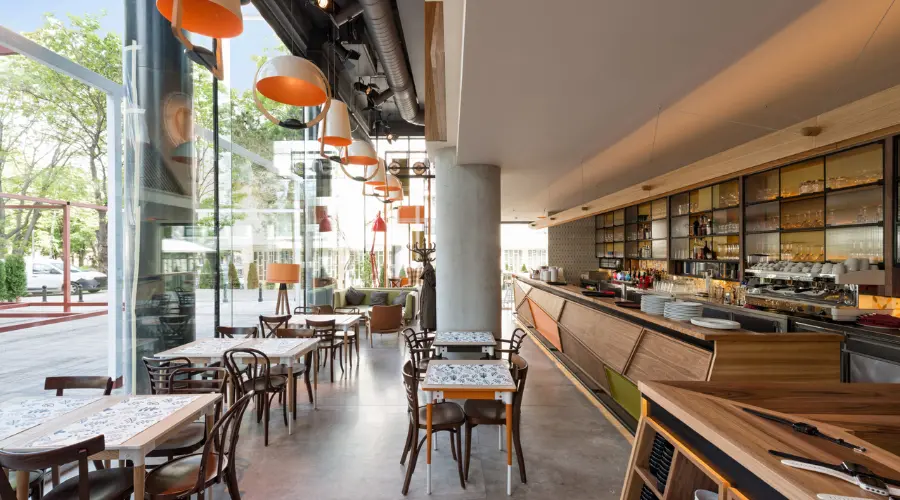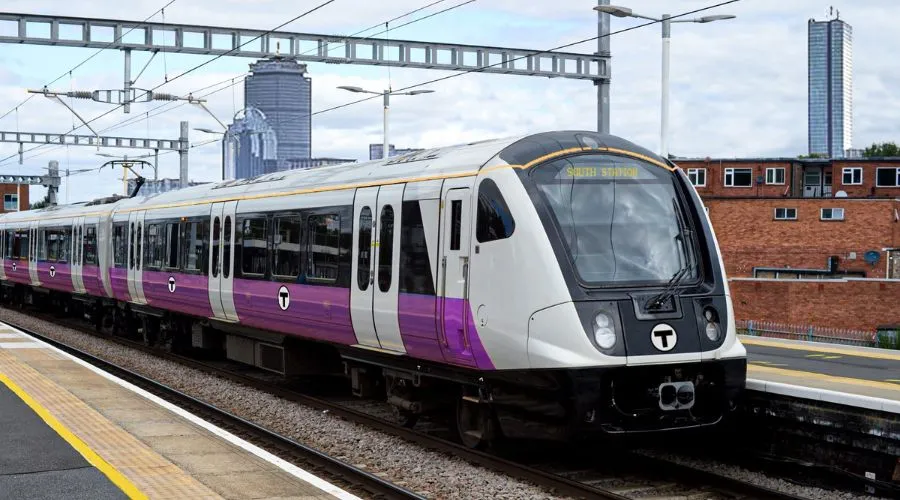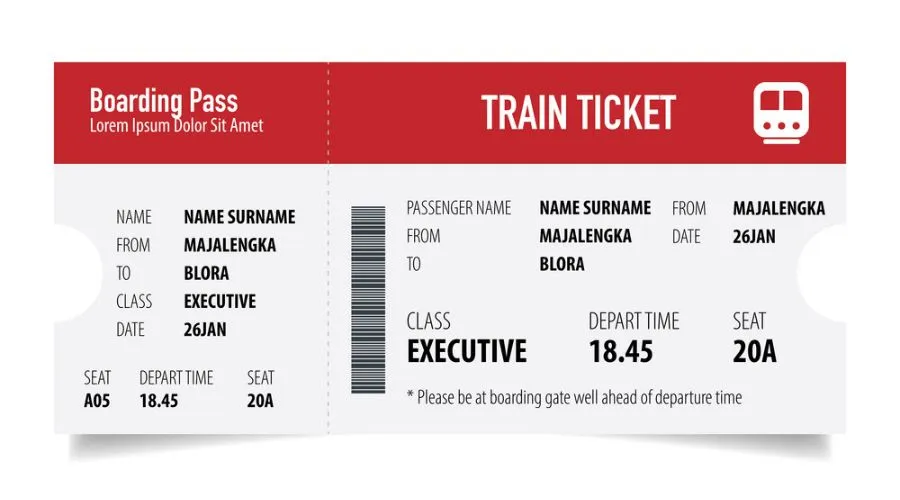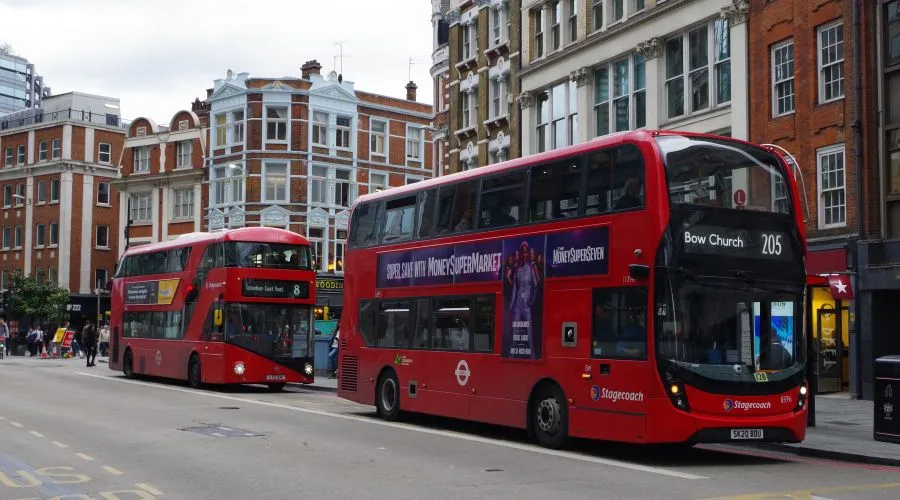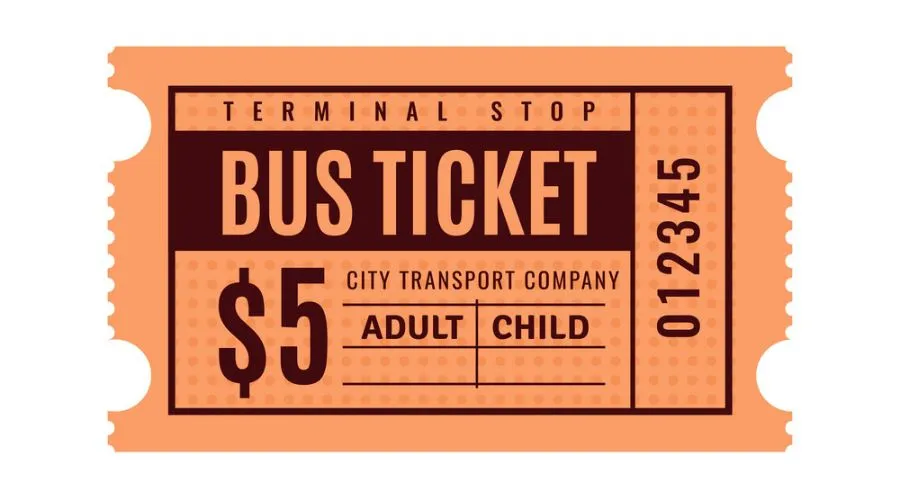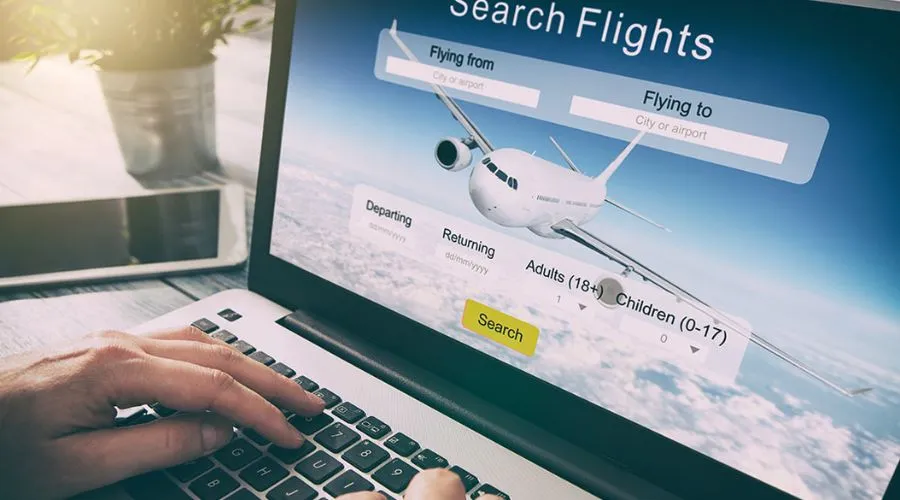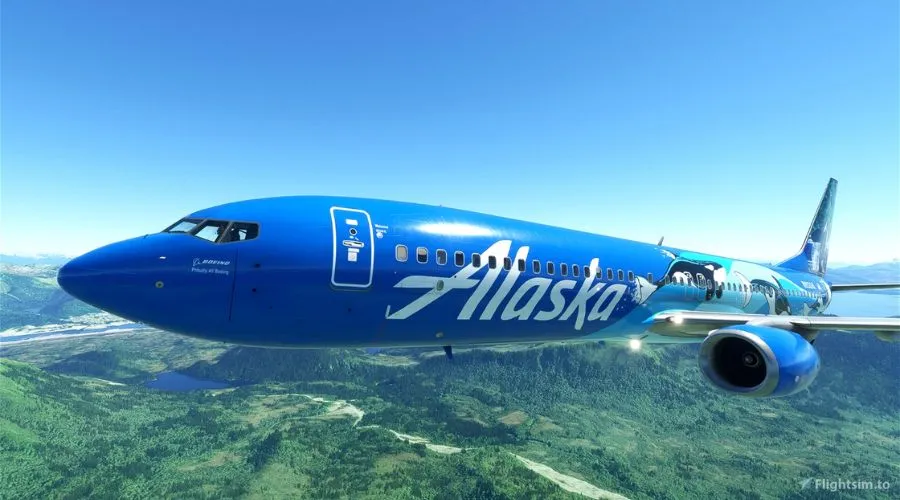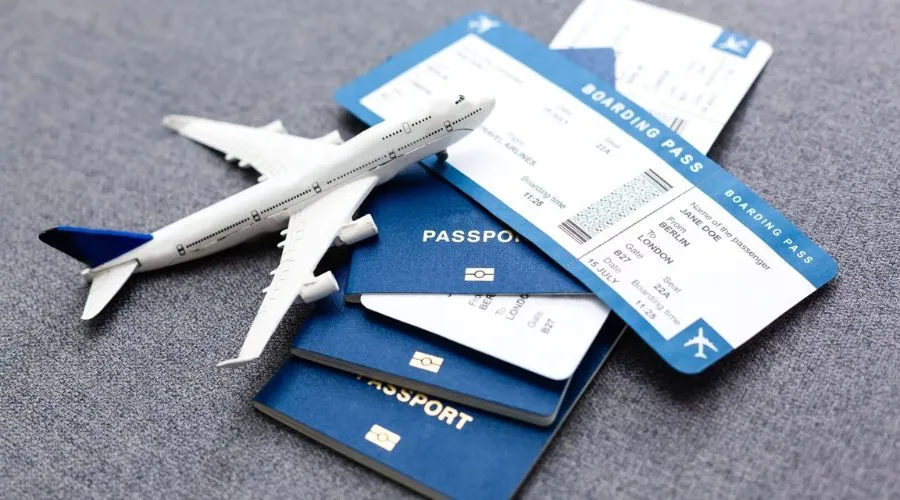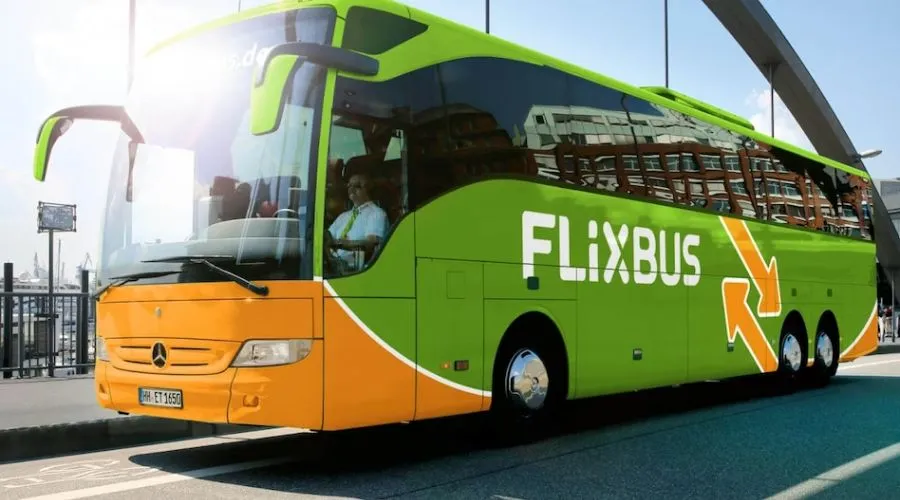
In a world where fast-paced lifestyles and bustling cities dominate, the need for efficient and reliable transportation has never been more critical. While various modes of transportation exist, inter-city buses stand out as a cost-effective, eco-friendly, and convenient option for travelers. This article explores the many facets of inter-city buses, shedding light on their benefits, challenges, and the overall experience they offer.
The Rise of Inter-City Buses: A Brief Overview
Inter-city buses, often referred to as long-distance buses, connect cities and towns, providing an essential link for individuals who need to travel beyond their immediate surroundings. Over the years, these buses have evolved to meet the growing demand for affordable and accessible transportation between urban centers.
Cost-Effectiveness and Affordability
One of the primary advantages of inter-city buses is their cost-effectiveness. Compared to other modes of long-distance travel, such as trains or airplanes, buses generally offer more budget-friendly options. This affordability makes inter-city buses an attractive choice for students, budget-conscious travelers, and those who prioritize economical transportation without compromising on comfort.
Extensive Network and Accessibility
Inter-city bus services boast extensive networks that connect cities and towns, reaching areas that may not be easily accessible by other means of transportation. This accessibility is particularly beneficial for individuals living in rural or remote locations, providing them with a vital link to urban centers for work, education, or leisure.
The Comfort Factor: Breaking Stereotypes
While inter-city buses have traditionally been associated with cramped seats and a lack of amenities, the industry has undergone a significant transformation. Modern inter-city buses prioritize passenger comfort and convenience, challenging outdated stereotypes.
Luxurious Interiors and Amenities
Contemporary inter-city buses feature spacious interiors designed for comfort during long journeys. Reclining seats, ample legroom, and climate control systems contribute to a more enjoyable travel experience. Moreover, many bus operators now offer amenities such as Wi-Fi, power outlets, and entertainment options, ensuring passengers can stay connected and entertained throughout their journey.
Premium Services and Flexible Seating
To cater to diverse passenger preferences, inter-city bus operators often provide premium services with enhanced amenities. These may include premium seating options, on-board restrooms, and meal services. Additionally, flexible seating arrangements, such as sleeper buses with beds for overnight travel, cater to the evolving needs of travelers seeking a more personalized and comfortable journey.
Sustainable Travel: Inter-City Buses and the Environment
In an era where environmental consciousness is on the rise, inter-city buses shine as a sustainable mode of transportation. As the world grapples with climate change and the need to reduce carbon emissions, the eco-friendly nature of bus travel becomes increasingly relevant.
Reduced Carbon Footprint
Compared to individual car travel, inter-city buses are a more environmentally friendly option. Carpooling multiple passengers in a single vehicle significantly reduces the carbon footprint per person, making bus travel a greener alternative. With advancements in fuel-efficient technologies and a growing emphasis on sustainability, inter-city bus services play a crucial role in promoting eco-friendly travel.
Public Transportation Integration
Inter-city buses often complement existing public transportation systems, providing a seamless transition for travelers moving between cities and regions. This integration encourages more people to opt for public transportation, further contributing to reduced traffic congestion and environmental benefits.
Challenges and Solutions: Navigating the Road Ahead
While inter-city buses offer numerous advantages, they are not without challenges. Addressing these challenges is essential for the continued growth and improvement of long-distance bus travel.
Traffic and Schedule Delays
One significant challenge faced by inter-city buses is traffic congestion, which can lead to delays and impact the reliability of schedules. To overcome this hurdle, innovative solutions such as dedicated bus lanes, advanced traffic management systems, and real-time updates for passengers are being explored to enhance the efficiency of inter-city bus services.
Perception and Image
Changing public perception about inter-city buses remains a challenge, as outdated stereotypes persist. To combat this, operators are investing in marketing strategies that emphasize the modern amenities, comfort, and affordability of bus travel. Education campaigns highlighting the environmental benefits of choosing buses over individual cars also contribute to reshaping the image of inter-city buses.
Competition from Other Modes of Transport
While inter-city buses have their unique advantages, they face stiff competition from other modes of transportation, particularly low-cost airlines and ride-sharing services. To stay competitive, bus operators are diversifying their services, offering unique travel packages, loyalty programs, and partnerships with local businesses to enhance the overall travel experience.
Safety Concerns
Ensuring the safety of passengers is a top priority for inter-city bus operators. Implementing advanced safety features, conducting regular maintenance checks, and providing driver training programs are essential steps to address safety concerns. Public awareness campaigns on safety measures and statistics highlighting the comparatively low accident rates of bus travel also contribute to building trust among potential passengers.
The Future of Inter-City Buses: Innovations and Trends
As technology continues to advance, inter-city buses are poised for further innovations and enhancements. The industry is adapting to changing consumer preferences and embracing trends that promise to shape the future of long-distance bus travel.
Integration of Smart Technologies
The integration of smart technologies, such as GPS tracking, real-time monitoring, and online ticketing platforms, enhances the overall efficiency of inter-city bus services. Passengers can access up-to-date information, plan their journeys more effectively, and enjoy a seamless travel experience.
Sustainable Fuel Solutions
The adoption of sustainable fuel solutions, including electric and hybrid buses, represents a crucial step towards reducing the environmental impact of inter-city travel. Governments and private operators alike are investing in cleaner and greener technologies to create a more sustainable future for long-distance bus transportation.
Collaboration with Local Communities
Inter-city bus operators are increasingly recognizing the importance of collaboration with local communities. Engaging with local businesses, promoting tourism, and actively participating in community development initiatives contribute to building positive relationships. This collaborative approach not only benefits the local economy but also strengthens the overall appeal of inter-city buses as a preferred mode of travel.
Conclusion: Navigating the Inter-City Bus Landscape
In conclusion, inter-city buses have evolved from basic transportation options to sophisticated travel solutions that prioritize comfort, affordability, and sustainability. The industry’s commitment to addressing challenges and embracing technological advancements bodes well for its future. As more individuals recognize the benefits of inter-city bus travel, the landscape of long-distance transportation will continue to transform, offering a compelling alternative for those seeking a convenient, comfortable, and eco-friendly way to explore the vast expanse between cities. Embrace the journey – the inter-city bus revolution is underway.



